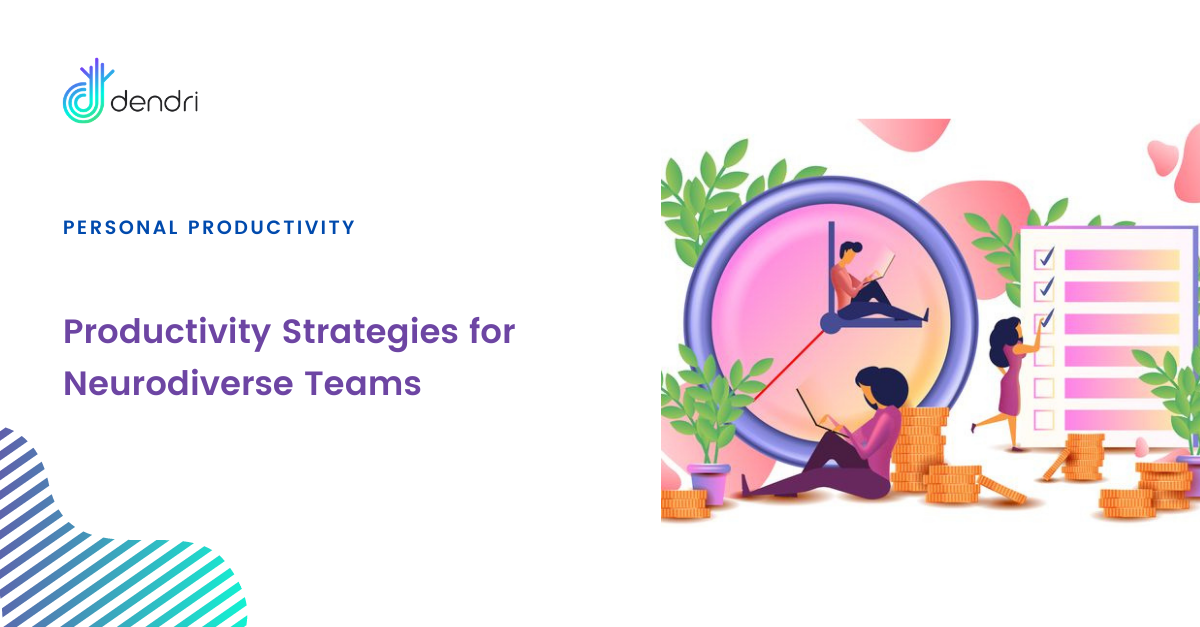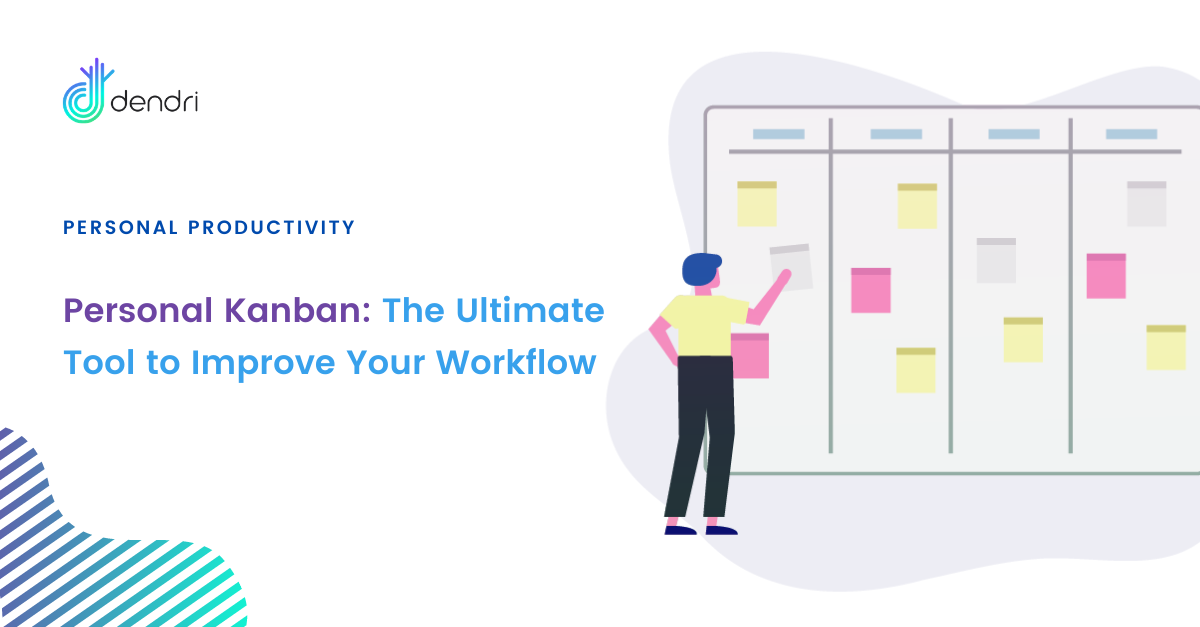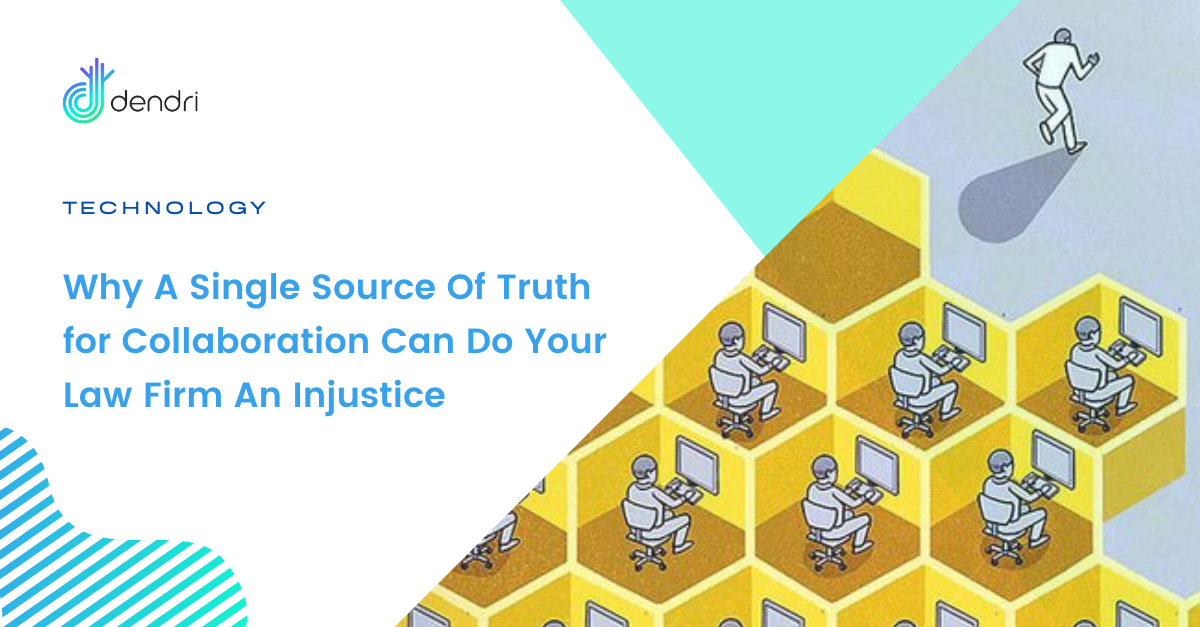
About 1 in 7 people are neurodivergent – that’s 15% of the population. 4% of those affected have ADHD, 1 to 2% have autism, and 10% have dyslexia. So, the odds that some of your employees are neurodivergent is pretty high. Finding a path to productivity for neurodiverse teams requires effort, but that effort will pay off.
Every person has a unique set of challenges and strengths regardless of their diagnostic status. As a manager of many different types of people, you can focus on building on the strengths of your staff and offering accommodations to mitigate challenges. It is important to embrace this neurodiversity. Knowing how to make those adjustments in the workplace can help you attract and retain new talent.
By asking the right questions and implementing the best productivity tools and processes, you will get your business on the right track. Here is how embracing neurodiversity can help your company grow, plus a few productivity tools you can use to support and encourage your employees.

Neurodiversity and Neurodivergence – What Does it Mean?
Neurodiversity is a term that describes a group of people where one or more members of the group differ substantially from one another in terms of neurocognitive functioning. Such a divergent individual would be called neurodivergent. Neurodivergent individuals may struggle with conditions such as dyslexia, autism, and ADHD (attention deficit hyperactivity disorder). Neurodiversity refers to a group that includes neurodivergent individuals. Neurodiversity itself, is a biological fact. It refers to the various ways a brain can interpret and work with certain information. It highlights peoples’ thinking habits, motivations, and interests. An individual cannot be neurodiverse.
The majority of the population is neurotypical, which means their brain processes information and functions the way society expects. A neurodivergent person, on the other hand, may learn and analyze information differently.
Every form of neurodivergence, such as ADHD or dyslexia, has a range of characteristics that vary from one person to the next. It’s crucial to avoid stereotypes; focus on the individual and work with them to lean into their strengths.
How Do Neurodivergent Employees Benefit a Business?
The increase in inclusion and diversity in a company with a neurodivergent colleague can boost communication, awareness, and creativity. Productivity for neurodiverse teams can outpace an office made solely of neurotypical individuals (no matter how unlikely that is to exist). It is a key factor when looking to improve your work style, processes, and communication with clients. With diversity comes unquestionable strengths.
Individuals can thrive in certain roles and boost productivity in the office. This is not a disadvantage, but a unique way of processing, learning, and thinking. A neurodivergent individual will bring many of different strengths and abilities to their role and tasks. They might display:
- Hyperfocus, which is the skill to concentrate deeper for a long time
- Above average memory that allows them to recall specific data
- Fast visual processing and pattern recognition that lets them analyse information from a unique standpoint
- Excellent cognition and problem-solving skills that allow them to think outside the box
But, to really make the most of these abilities, it’s crucial to make efforts to provide the employees with the support they need. This will help them maintain their confidence in the organisation, embrace their uniqueness, and benefit the business. This means planning a long term neurodiversity program for your organization, or otherwise, making sure you are open to implementing new methods and accommodations for your employees to help support them in their roles.
Best Productivity and Training Tools for Neurodiverse Teams
The interesting thing is when two people meet and obtain the exact same information but process it in a different way, that information gets a completely different perspective. It can produce some high-quality work that could otherwise be out of reach.
This exactly what a neurodiverse team can offer. But, very few people realize that the workplace is packed with sensory stimuli that might hinder a neurodivergent individual. These might include loud or unpredictable sounds, strong smells, or unusual lighting. These stimuli can create an sensory overload in an environment that is uncomfortable and distracting. This can make achieving productivity for neurodiverse teams harder to accomplish.
With a wide range of productivity and training tools, you can overcome these challenges.
1. Web-Based Screening Tools
Neurodiversity workplace profiler is a useful online assessment tool that provides neurodiverse workplaces with the ability to unlock their hidden talents by helping . It ensures guidance, learning, and the ability to overcome communication and language difficulties in the workplace.
This tool helps in highlighting the traits and skills of each employee, allowing them to thrive in the ever-changing work environment. They will also learn how to gain confidence and polish their skills. Employees get access to plenty of resources and personalized guidance on how to create certain adjustments and harness their talent.
2. Webinars showcasing at-work tools
Training webinars have the highest attendance rate of around 65.5%. By implementing a webinar for your employees you can showcase a variety of specific tools that help with productivity and training for neurodiverse employees to use in their day to day.
These could be task management tools such as Trello or Todoist or Dendri. There are also digital whiteboard solutions such as Miro Board that can help with planning and organizing thoughts in a visual manner. With more distractions coming from multiple avenues such as email and messaging apps, helpful techniques such as the Pomodoro technique can assist with context switching and bucketing time for exploratory thinking.
3. Workshops to teach productivity for neurodiverse teams
Every team needs training to learn about neurodiversity. Neurotypical peers can benefit from workshops get to work with first-class experts that provide an interactive learning opportunity. Wellbeing and stress workshops, for example, are just two of the more widely applicable workshops that can help employees find the resources they need.
With experimental training, individuals will learn the importance of 2-way communications and the tools for making the right adjustments. In the long run, workshops can boost the overall productivity and wellbeing and help employees come up with outstanding robust ideas.
4. One-to-One Support
Employees are 13% more productive when they are happy. They work quickly and produce higher quality work.
To help an employee, you would need to become confident in your skills and knowledge. When an employer or a leader knows how to consult, assess, and support neurodivergent colleagues, they become the pillar in the business. They are more likely to retain a neurodiverse talent pool and are more able to support employees with confidence.
So, start expanding your knowledge. Like any people with disability, learn more about the numerous ways you can make small adjustments to make the most out of every employee’s untapped talent. For example, create a more comfortable working environment by removing the stressors and triggers. Create a culture of acceptance and open-mindedness among neurotypical colleagues that supports a diverse workplace. See to it that the wellbeing and mental health of your employees is your default practice and share that know how across your company.
5. Adaptive Productivity Methods
Finding tools that help support individual organization and asynchronous work can also be helpful. Techniques like time blocking can be enormously useful to reduce decisional fatigue and help keep any member of your team on track.
Dendri is built with neurodiversity in mind. By allowing each employee to organize his or her work in the way that most suits individual productivity, it benefits both the individual and the team. Additionally, building Task Period Journaling into Dendri’s dashboard provides a tool for goal planning and productivity tracking that neurotypical and neurodivergent colleagues can both use to better understand the stimuli and overload that gets in the way of a good days’ work.
Conclusion
More companies should embrace neurodivergent talent and build a culture that meets its humans across a full spectrum of neurodiversity. All brains are different, and understanding the concept of productivity as fluid and an ongoing relationship between a company and its workers. Not only to add more diversity, but to improve their innovative capabilities, quality of work, and productivity gains. But, to retain that talent, it’s best to create the suitable workplace environment. That’s where the productivity tools listed here can help. They are a practical strategy that can benefit both neurodivergent and neurotypical peers.
Related Posts

Personal Kanban: The Ultimate Tool to Improve Your Legal Workflow
The ultimate step-by-step guide to getting your work out of email and into a visual system that will save you time and increase your productivity. What is a Kanban? In the early 1940s, Toyota was…
- Mar 30
- 6 mins read


How To Unknowingly Sabotage Your Law Firm Employees
As an incoming attorney, you are subject to the random discovery of pre-set workflows and tech stacks your law office has already adopted. This unilateral focus on unified workflows can do you an injustice. Explore why today.
- Mar 17
- 4 mins read
Categories
Latest Post
Friday 7/2/21 updates
- July 2, 2021
- 3 mins read
Elevate project tracking with Dendri’s new Gantt Chart
- May 8, 2021
- 3 mins read
Personal Kanban: The Ultimate Tool to Improve Your Legal Workflow
- March 30, 2021
- 6 mins read
How To Unknowingly Sabotage Your Law Firm Employees
- March 17, 2021
- 4 mins read




